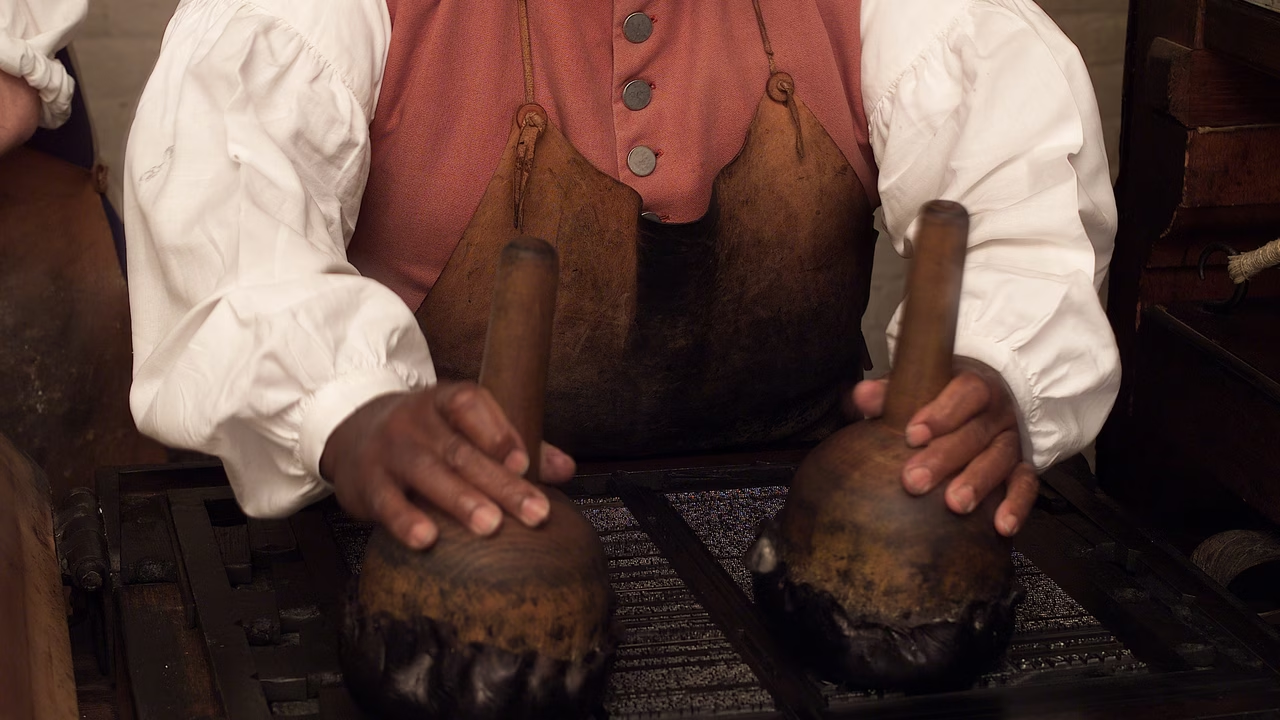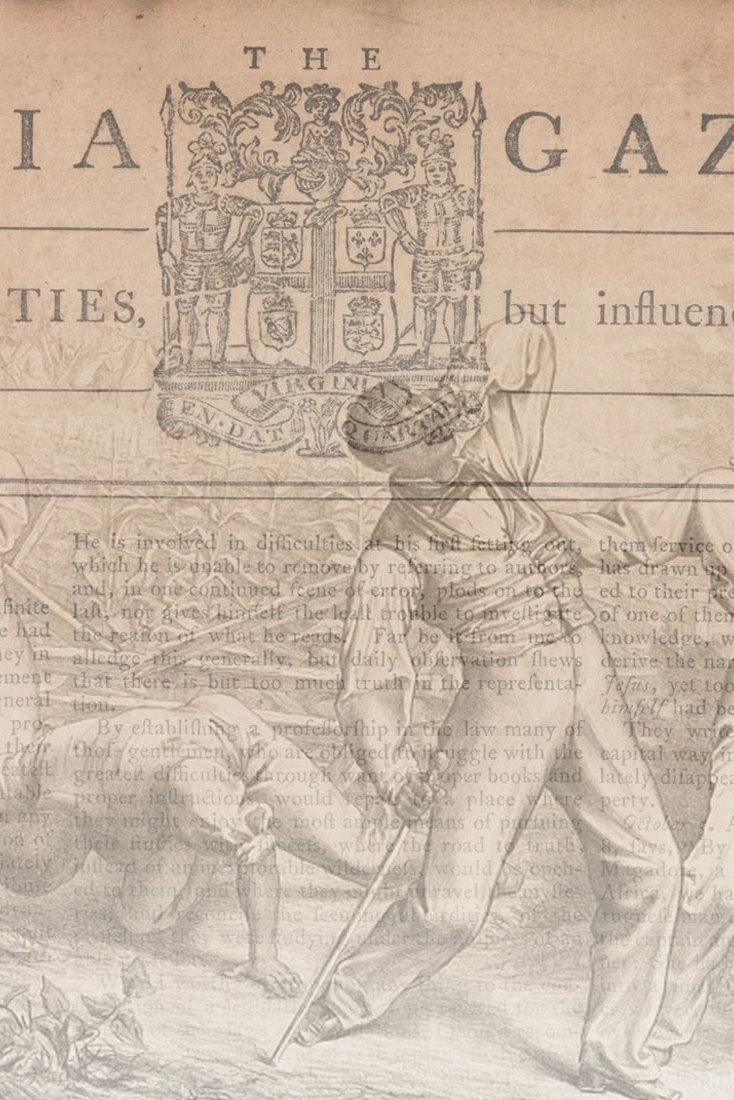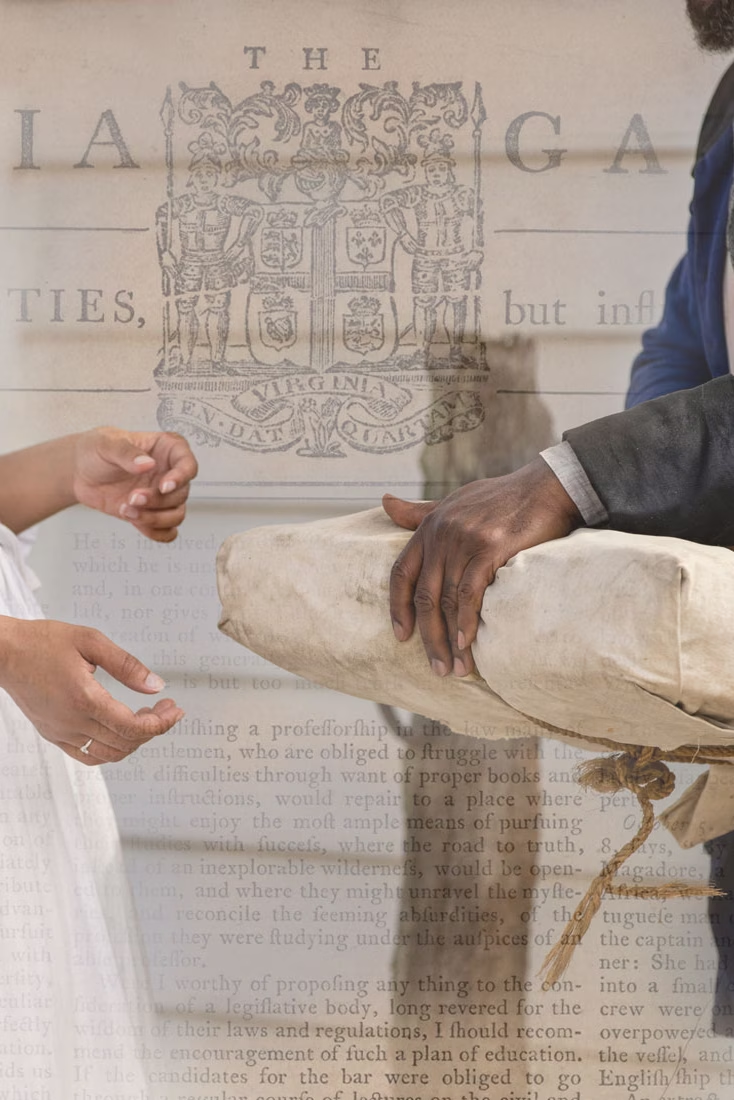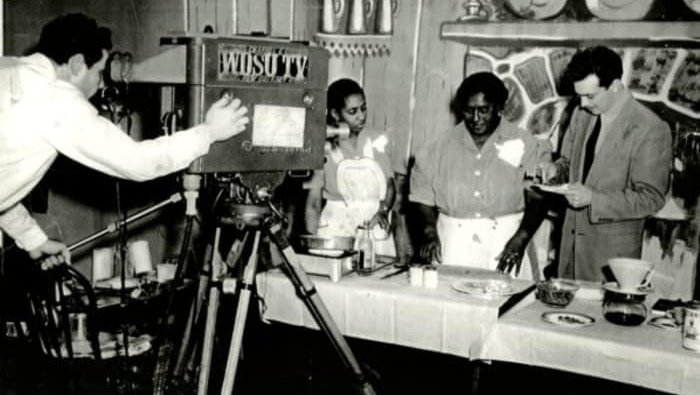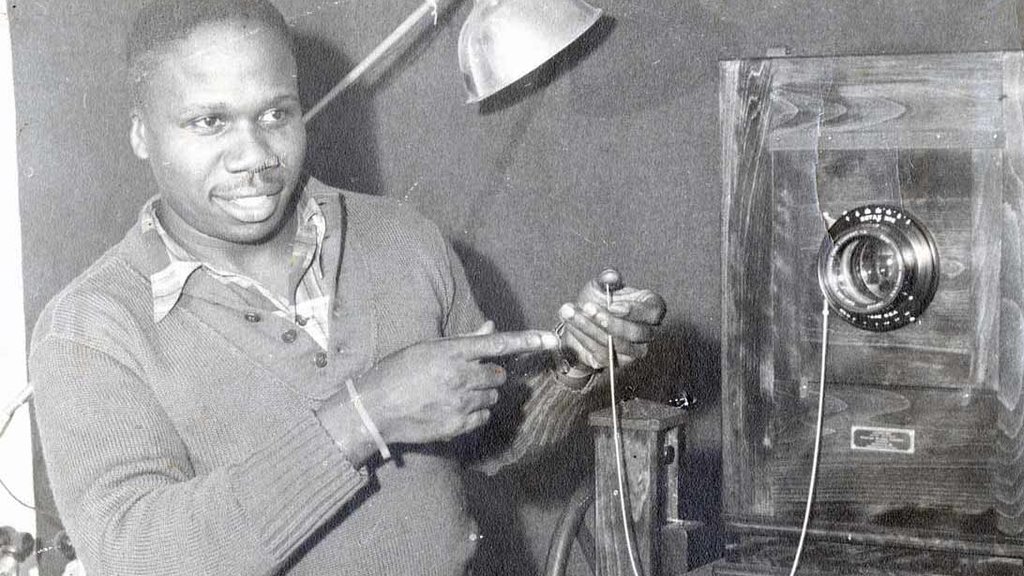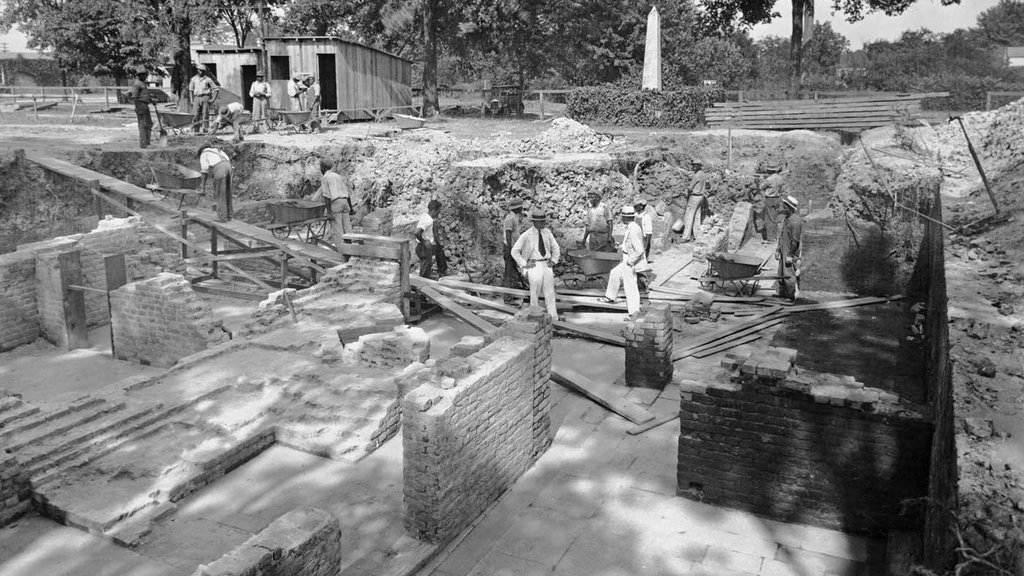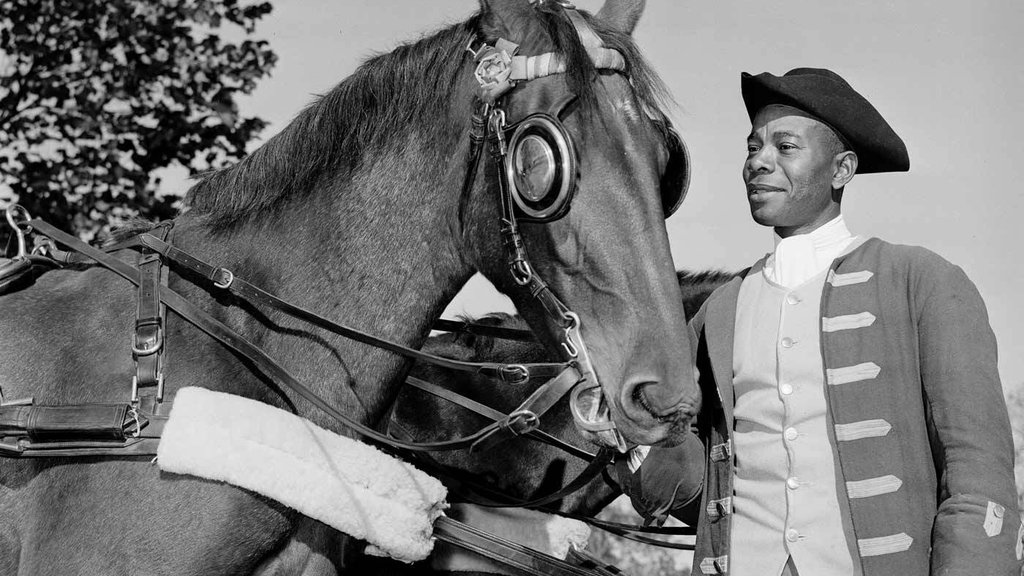Lena Richard was a woman who began as a domestic cook and ended up a nationally known chef with a frozen foods line, a cookbook, a television show, and diners willing to cross the segregation line to eat at her establishments. She was a pioneer who achieved an astonishing amount and though she brought her culinary magic to Colonial Williamsburg for but a brief time, all Travis House diners departed dreaming of her Creole cooking.
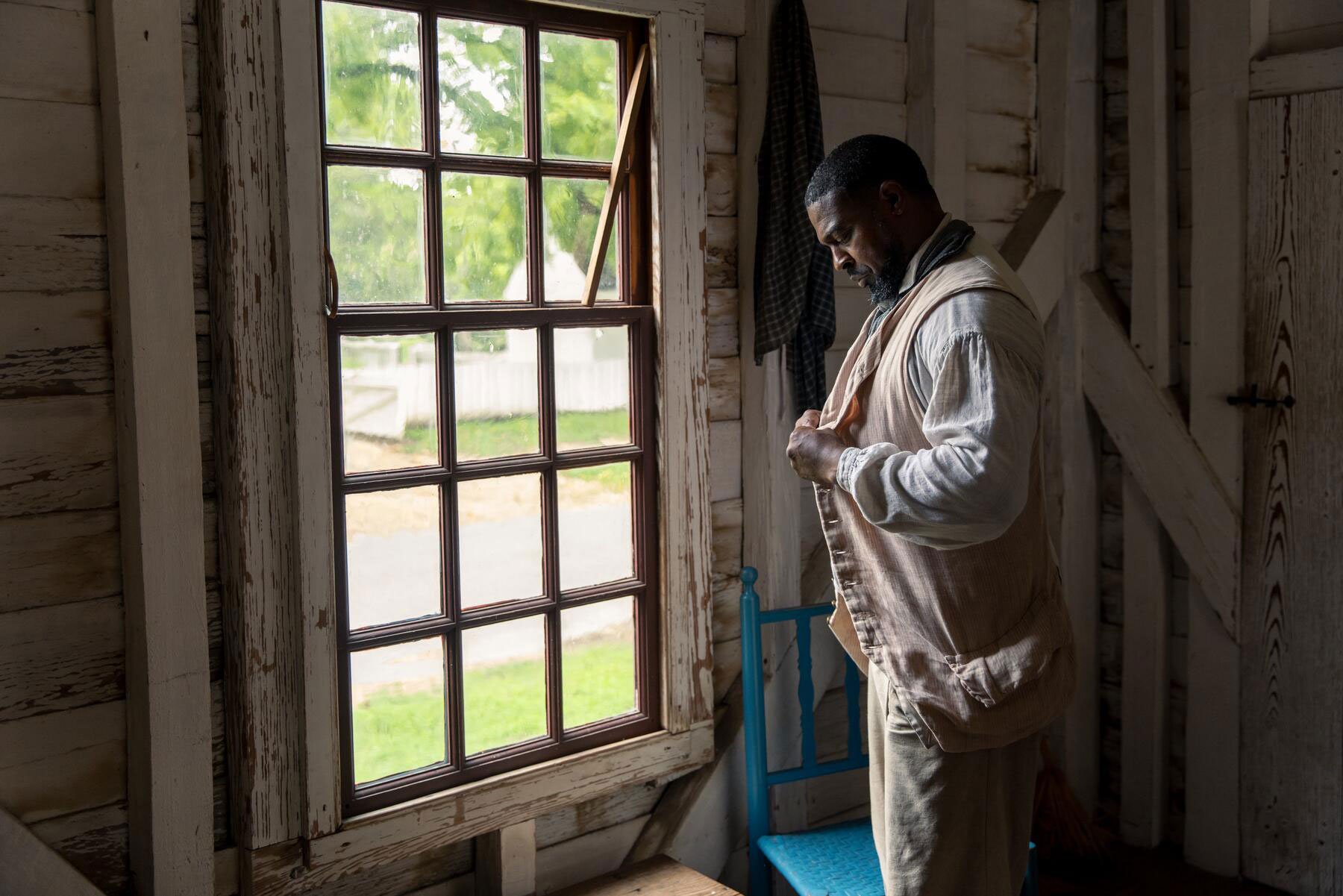
Stories of Black Life
By the late 18th century, half of Williamsburg’s population was Black. Discover these American stories of resilience and explore those who lived, loved, and strove to create a better future.
Stories of Resilience
Lydia Broadnax
Unheard Witness to the Murder of George Wythe
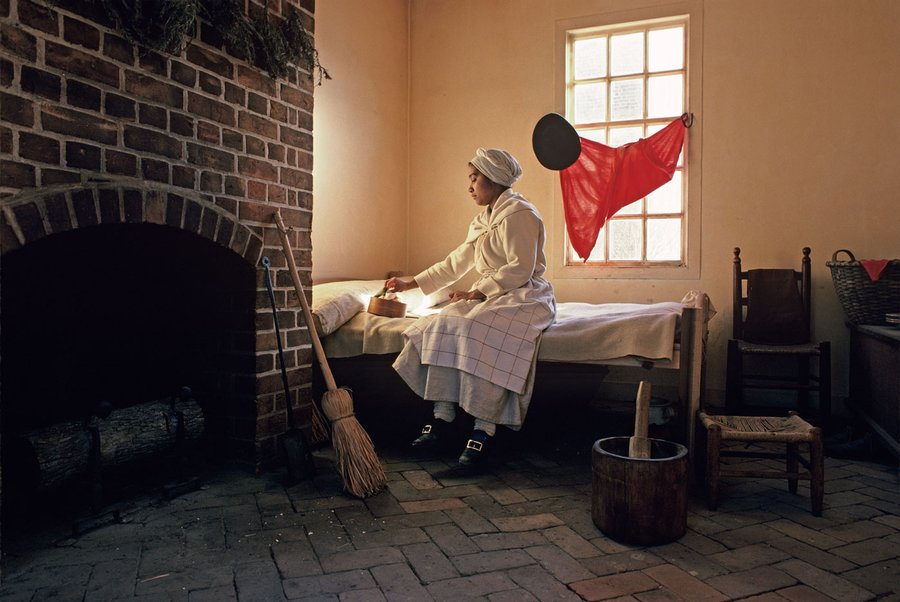
Cesar Tarrant
Patriot Pilot
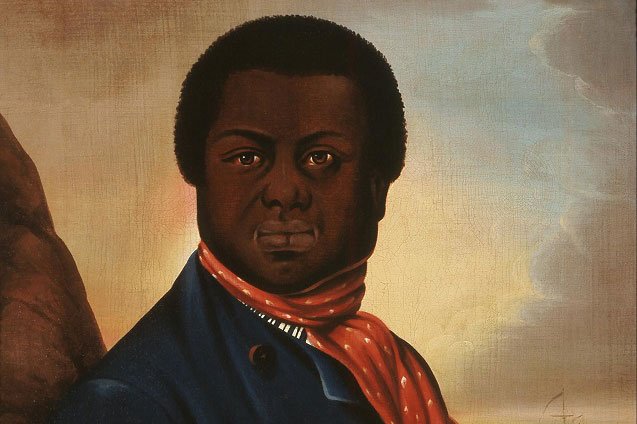
Judith Jackson
A Black Loyalist Flees Virginia
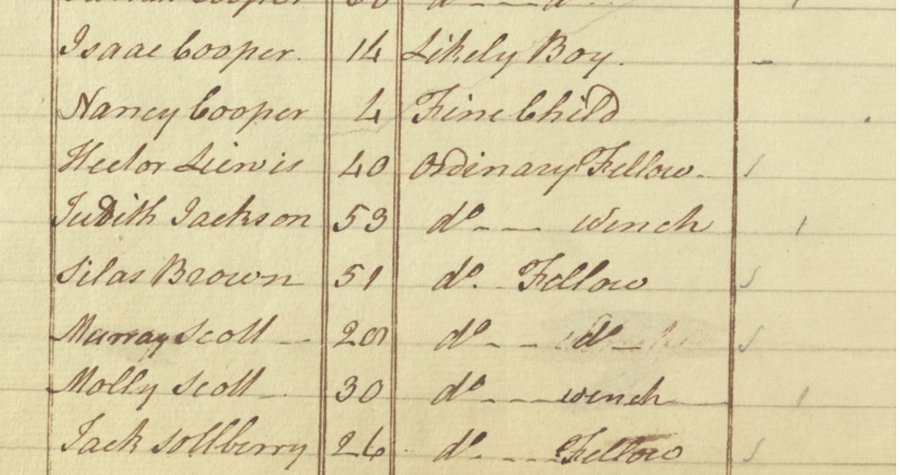
Meet Our Nation Builders
Gowan Pamphlet
An enslaved tavern worker, Gowan Pamphlet risked his well-being to secretly preach to fellow African American believers. He founded Williamsburg’s First Baptist Church, which continues to this day.

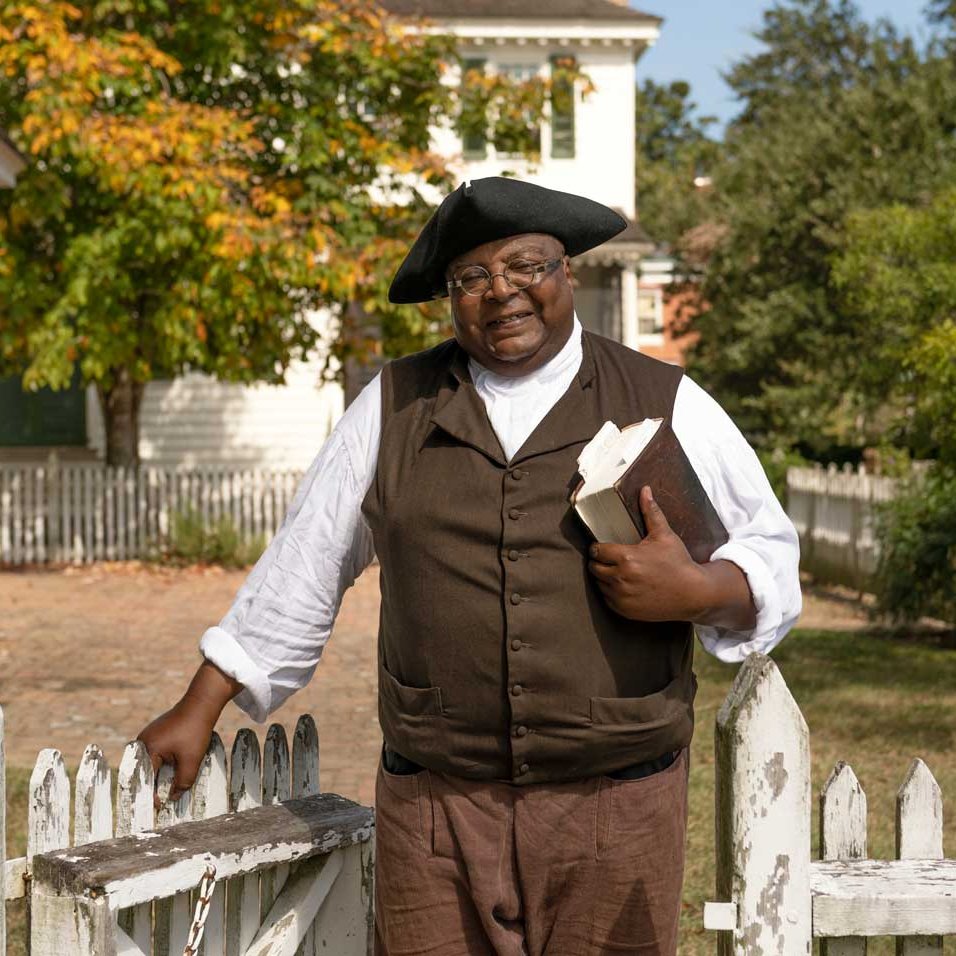
James Armistead Lafayette
James Armistead Lafayette, born an enslaved Virginian in New Kent County, won his freedom for his service as a double agent during the Revolution.

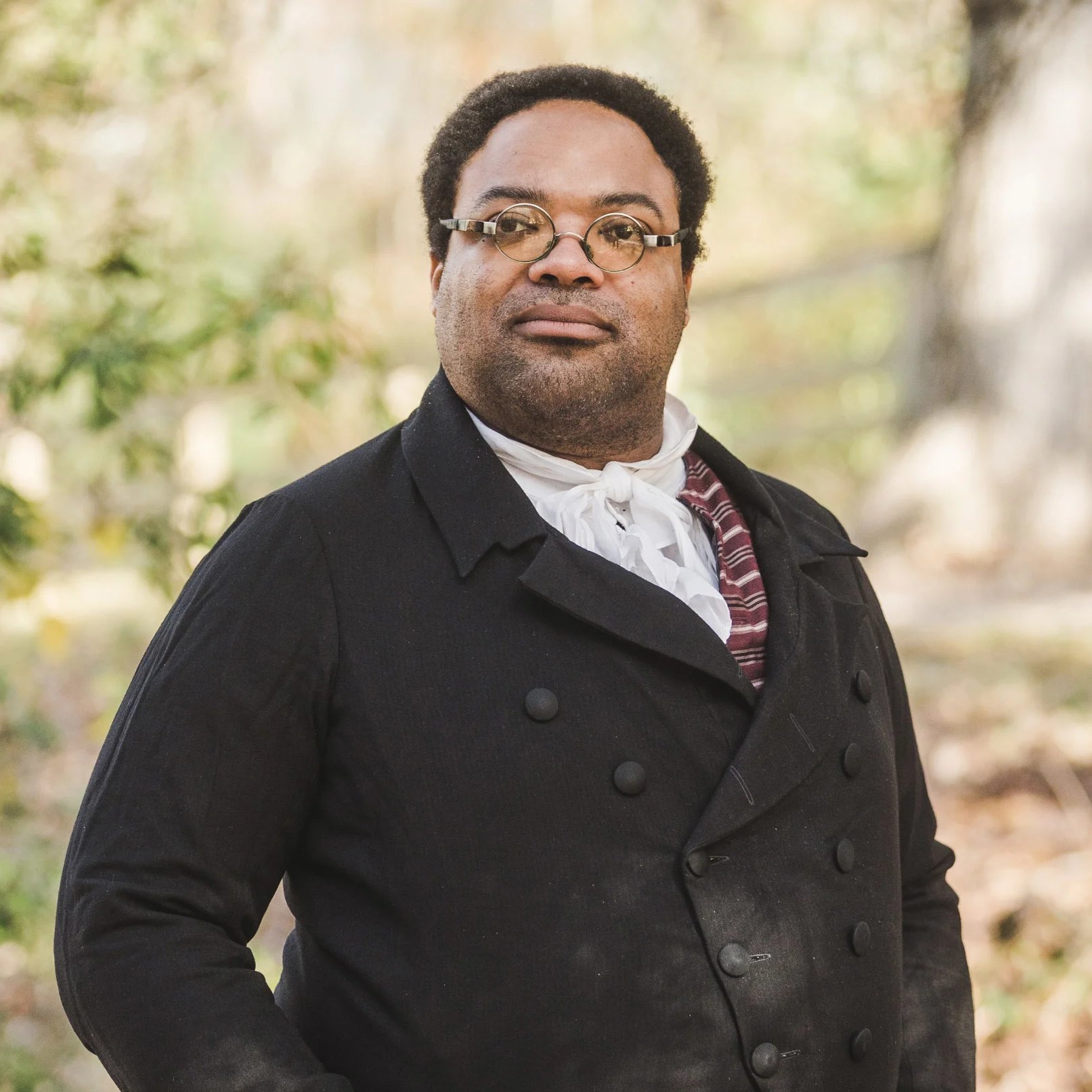
Stories of Enslaved People
We know very little about many of the enslaved people who lived in Williamsburg. Often we only know their name. But when we dig into the past, we find evidence of enslaved peoples’ skilled labor, lived realities, and fierce humanity.
Who Were Williamsburg’s Enslaved Gardeners?
Early Williamsburg’s gardens, some of the finest in the colonies, would not have existed without the skill and labor of enslaved people.

Gardening by Moonlight
Learn More about enslaved peoples’ plantation gardens in Virginia

The Enslaved People and Servants of the Governor’s Palace
At any given time, up to thirty people served the governor and his family at the Palace.
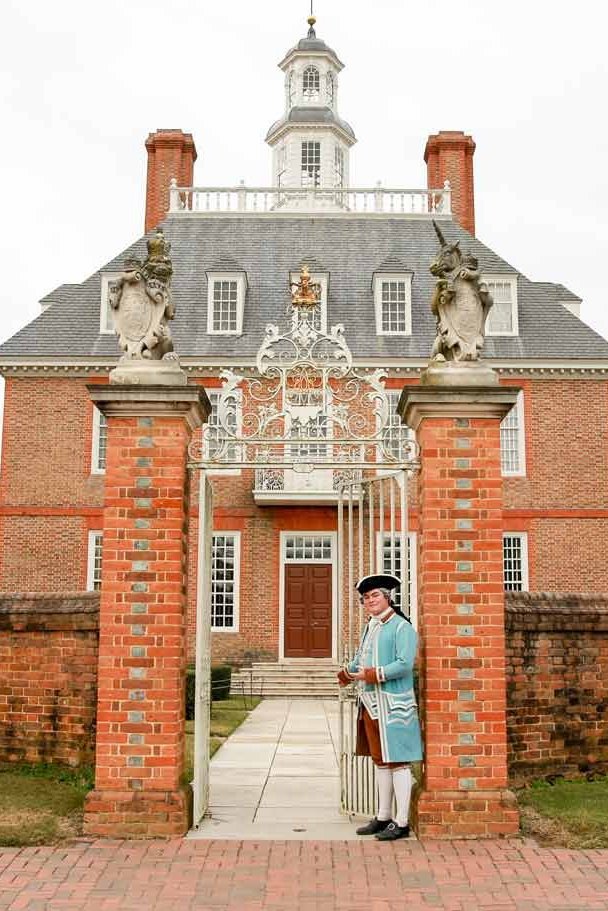
Black Life & The Revolution
How Enslaved Women in Revolutionary Virginia Escaped to Freedom
Enslaved women navigated extraordinarily difficult and often perilous choices during the Revolution. While historical records sometimes document the decisions they made, they rarely capture the personal motivations, emotions, or consequences of these choices. They rarely tell us what it meant to leave or to be left behind.
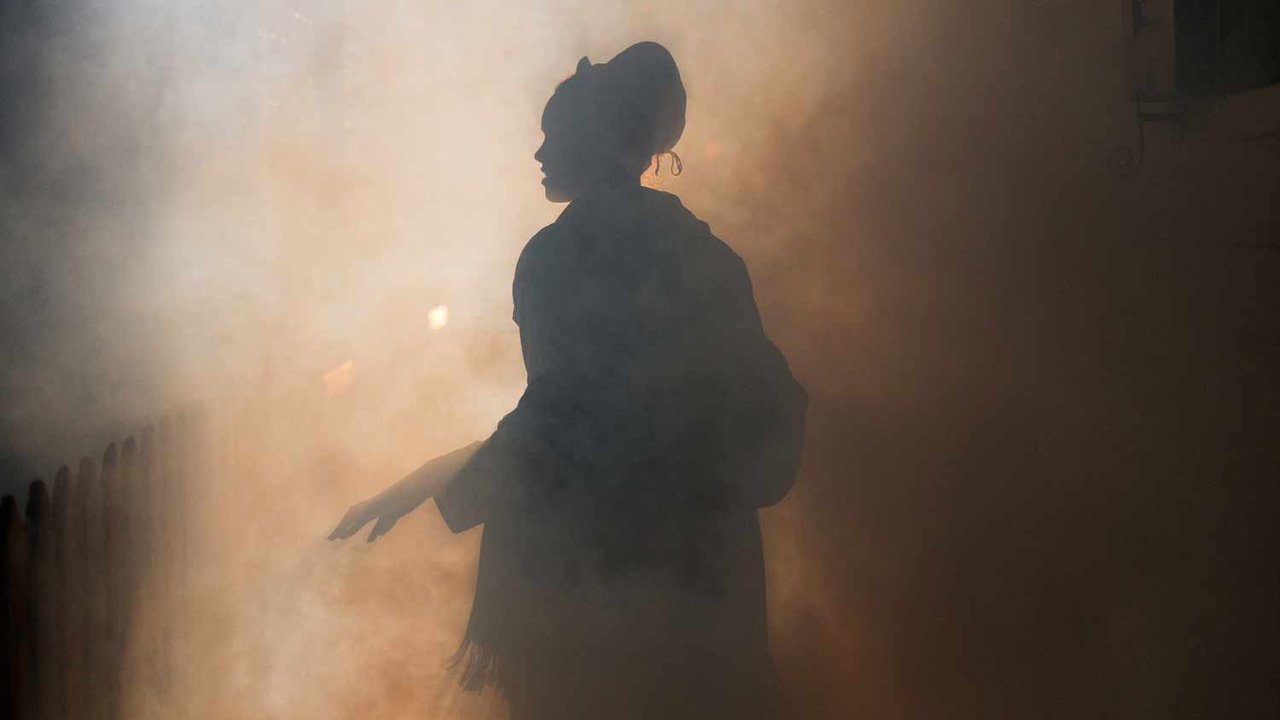
Black Americans and the American Revolution
As witnesses to a unique time in history, Black Americans offered opinions and observations of the events around them.
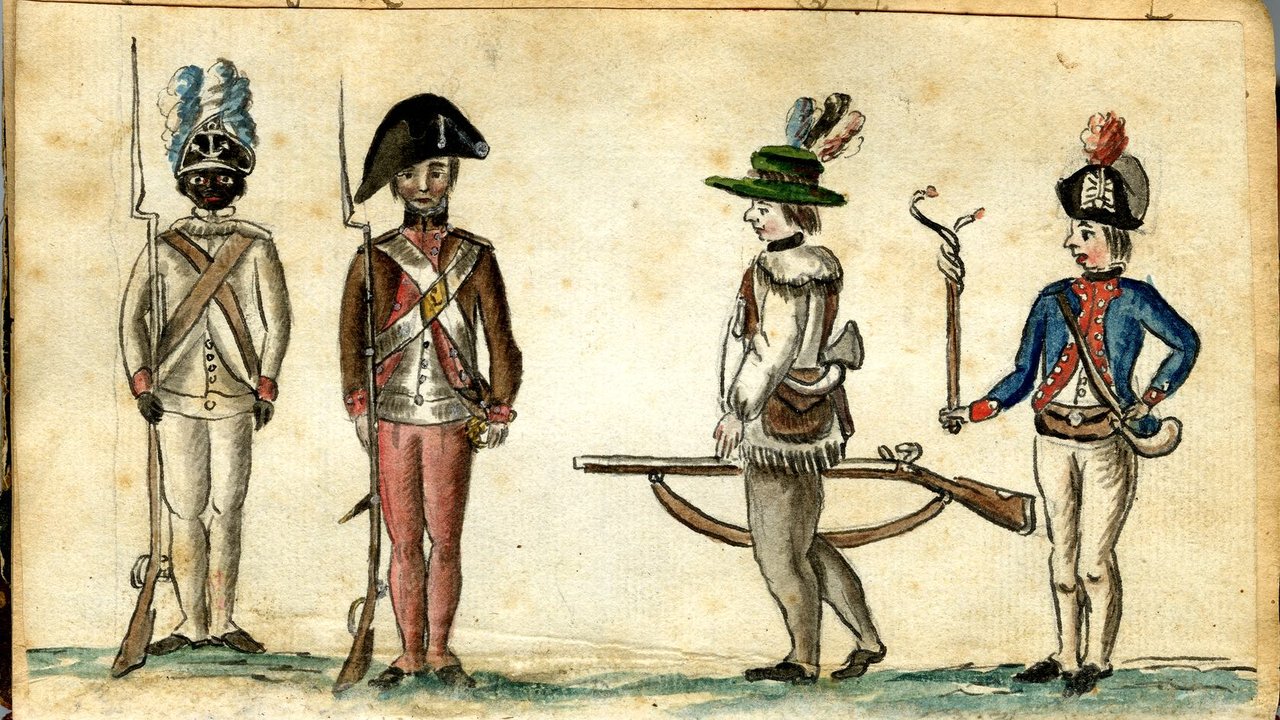
Watch & Learn More

Black Life & The Restoration
The photographic lens of Albert Durant offers a visual perspective on African American experiences in Williamsburg, Virginia from the late 1930s to the 1960s. Durant chose to focus upon the achievements that gave the community a sense of hope, purpose, and progress.
Images in the Foundation’s collection reveal that between 1928 and the mid-1960s, the excavation of eighteenth-century Williamsburg fell primarily to Black men.
The Spraggins sociable has been intentionally created to honor the legacy and life of Mr. Benjamin Lewis Spraggins, Sr., who was one of the most well-known coachmen at Colonial Williamsburg for 19 years.
Additional Resources
Learn even more about Black History Month by exploring these resources from both our museum and other trusted institutions.
